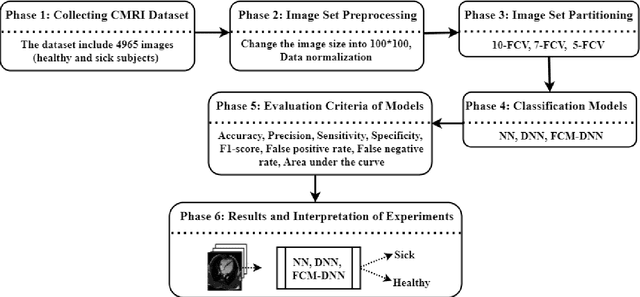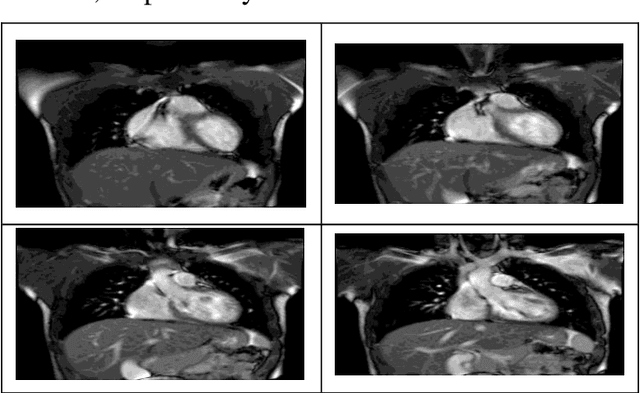Zulkefli Mansor
Malicious URL Detection using optimized Hist Gradient Boosting Classifier based on grid search method
Jun 12, 2024



Abstract:Trusting the accuracy of data inputted on online platforms can be difficult due to the possibility of malicious websites gathering information for unlawful reasons. Analyzing each website individually becomes challenging with the presence of such malicious sites, making it hard to efficiently list all Uniform Resource Locators (URLs) on a blacklist. This ongoing challenge emphasizes the crucial need for strong security measures to safeguard against potential threats and unauthorized data collection. To detect the risk posed by malicious websites, it is proposed to utilize Machine Learning (ML)-based techniques. To this, we used several ML techniques such as Hist Gradient Boosting Classifier (HGBC), K-Nearest Neighbor (KNN), Logistic Regression (LR), Decision Tree (DT), Random Forest (RF), Multi-Layer Perceptron (MLP), Light Gradient Boosting Machine (LGBM), and Support Vector Machine (SVM) for detection of the benign and malicious website dataset. The dataset used contains 1781 records of malicious and benign website data with 13 features. First, we investigated missing value imputation on the dataset. Then, we normalized this data by scaling to a range of zero and one. Next, we utilized the Synthetic Minority Oversampling Technique (SMOTE) to balance the training data since the data set was unbalanced. After that, we applied ML algorithms to the balanced training set. Meanwhile, all algorithms were optimized based on grid search. Finally, the models were evaluated based on accuracy, precision, recall, F1 score, and the Area Under the Curve (AUC) metrics. The results demonstrated that the HGBC classifier has the best performance in terms of the mentioned metrics compared to the other classifiers.
FCM-DNN: diagnosing coronary artery disease by deep accuracy Fuzzy C-Means clustering model
Feb 28, 2022



Abstract:Cardiovascular disease is one of the most challenging diseases in middle-aged and older people, which causes high mortality. Coronary artery disease (CAD) is known as a common cardiovascular disease. A standard clinical tool for diagnosing CAD is angiography. The main challenges are dangerous side effects and high angiography costs. Today, the development of artificial intelligence-based methods is a valuable achievement for diagnosing disease. Hence, in this paper, artificial intelligence methods such as neural network (NN), deep neural network (DNN), and Fuzzy C-Means clustering combined with deep neural network (FCM-DNN) are developed for diagnosing CAD on a cardiac magnetic resonance imaging (CMRI) dataset. The original dataset is used in two different approaches. First, the labeled dataset is applied to the NN and DNN to create the NN and DNN models. Second, the labels are removed, and the unlabeled dataset is clustered via the FCM method, and then, the clustered dataset is fed to the DNN to create the FCM-DNN model. By utilizing the second clustering and modeling, the training process is improved, and consequently, the accuracy is increased. As a result, the proposed FCM-DNN model achieves the best performance with a 99.91% accuracy specifying 10 clusters, i.e., 5 clusters for healthy subjects and 5 clusters for sick subjects, through the 10-fold cross-validation technique compared to the NN and DNN models reaching the accuracies of 92.18% and 99.63%, respectively. To the best of our knowledge, no study has been conducted for CAD diagnosis on the CMRI dataset using artificial intelligence methods. The results confirm that the proposed FCM-DNN model can be helpful for scientific and research centers.
 Add to Chrome
Add to Chrome Add to Firefox
Add to Firefox Add to Edge
Add to Edge